As an Amazon Associate I earn from qualifying purchases.
Here’s how to make classic French glace de viande at home. Glace de viande is what most people erroneously call “demi glace,” and it is a thick, concentrated stock extremely useful for sauces.
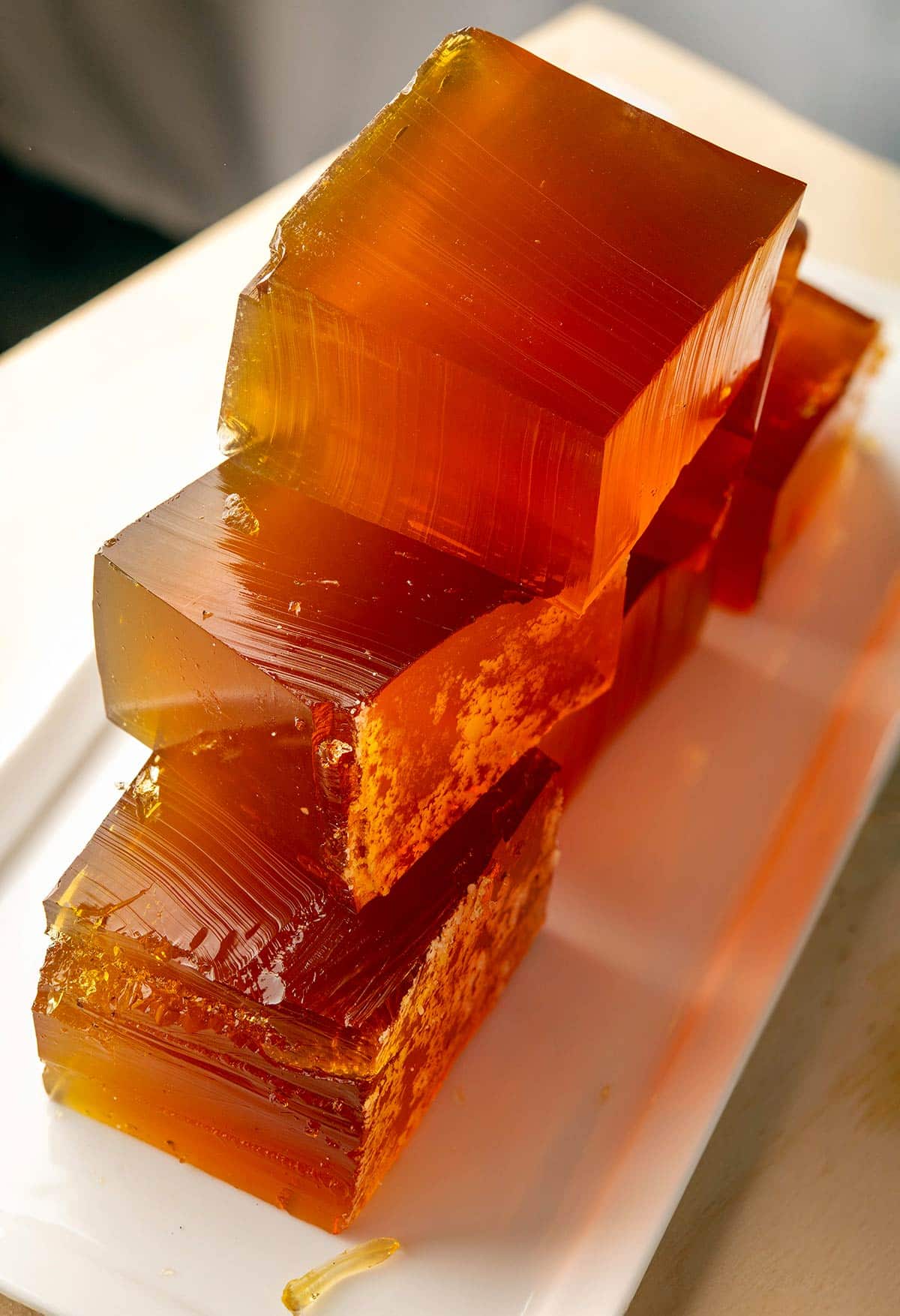
Contrary to popular belief, demi-glace and glace de viande are not simply different concentrations of cooked-down stock. In classical French cuisine, demi-glace actually relies on a roux-thickened brown sauce.
I’ve literally never seen this used in more than 30 years in and out of kitchens, so at some point this definition got lost, and now most people say demi glace when they mean glace de viande.
The best way to think about what glace de viande is is as a savory meat broth Jell-O when cold, syrup when hot.
Glace, pronounced “glah-ss,” is absolutely vital for traditional pan sauces. Virtually all of them either require it, or are better when you have it. A few examples:
What’s more, a couple tablespoons of glace in whatever pan sauce you feel like making boosts flavor without running the risk of oversalting your sauce — which is a real danger when you are boiling down regular stock.
And, as you can see, there’s more than a little gelatin in glace de viande. This gelatin makes the resulting sauce silky, and gives it a richer mouthfeel you can’t get with regular stock.
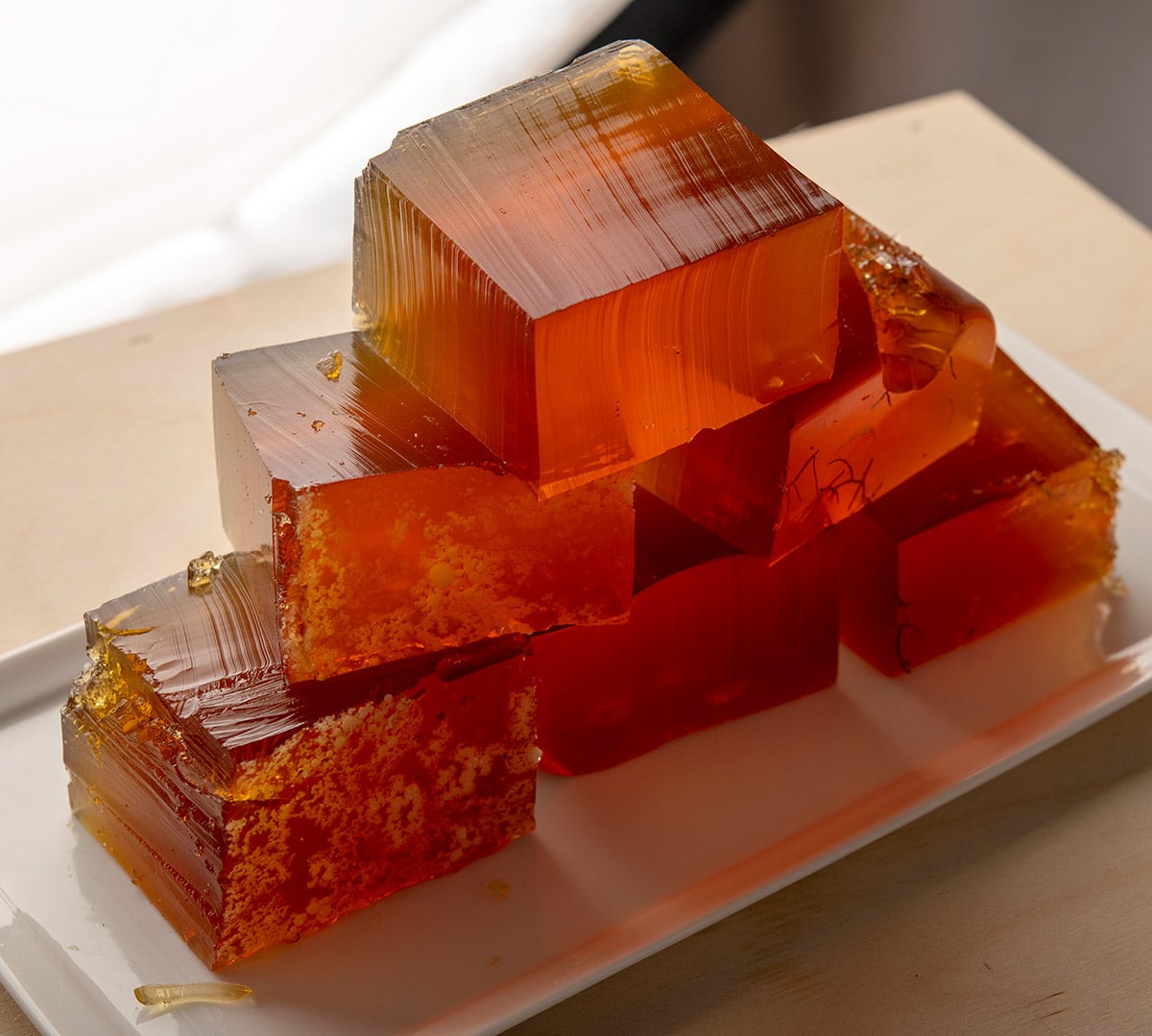
Glace de Viande vs Stock
In theory, any meat or fish stock can be made into glace de viande. But in practice, most regular stocks lack enough collagen to cook down into gelatin, so no matter how much you cook the stock down, it won’t gel in the fridge, let alone at room temperature.
How to get that gelatin? Here are a few ways:
- If you are butchering the animal you’re making stock from, save all the silverskin you trim. Toss this into the pot. It is a great source of gelatin.
- Use knucklebones and other joints from the animals, especially young animals. Cartilage is the best source of gelatin.
- Buy chicken feet or pig’s feet or calves’ feet. All are excellent sources of gelatin.
- Use store-bought gelatin sheets or powder. This is technically cheating, but I won’t tell…
The only other significant difference between glace de viande and regular stock is salt. You never salt a stock you’re making into glace until the very end because often it winds up salty enough on its own.
Pro Tips
I’ve made a lot of glace over the years, and I have a few pointers and tips that will help you out when you want to make it.
First, don’t start with store-bought stock. It doesn’t work well because even the low sodium ones are still too salty. If you can find a no-salt stock, that will work.
The best glace de viande uses young animals, and a combination of raw and roasted. Roast all the meat bits, and bones that don’t have cartilage. Don’t roast feet, silverskin or cartilaginous bits. Roasting damages collagen’s ability to become gelatin in the stock.
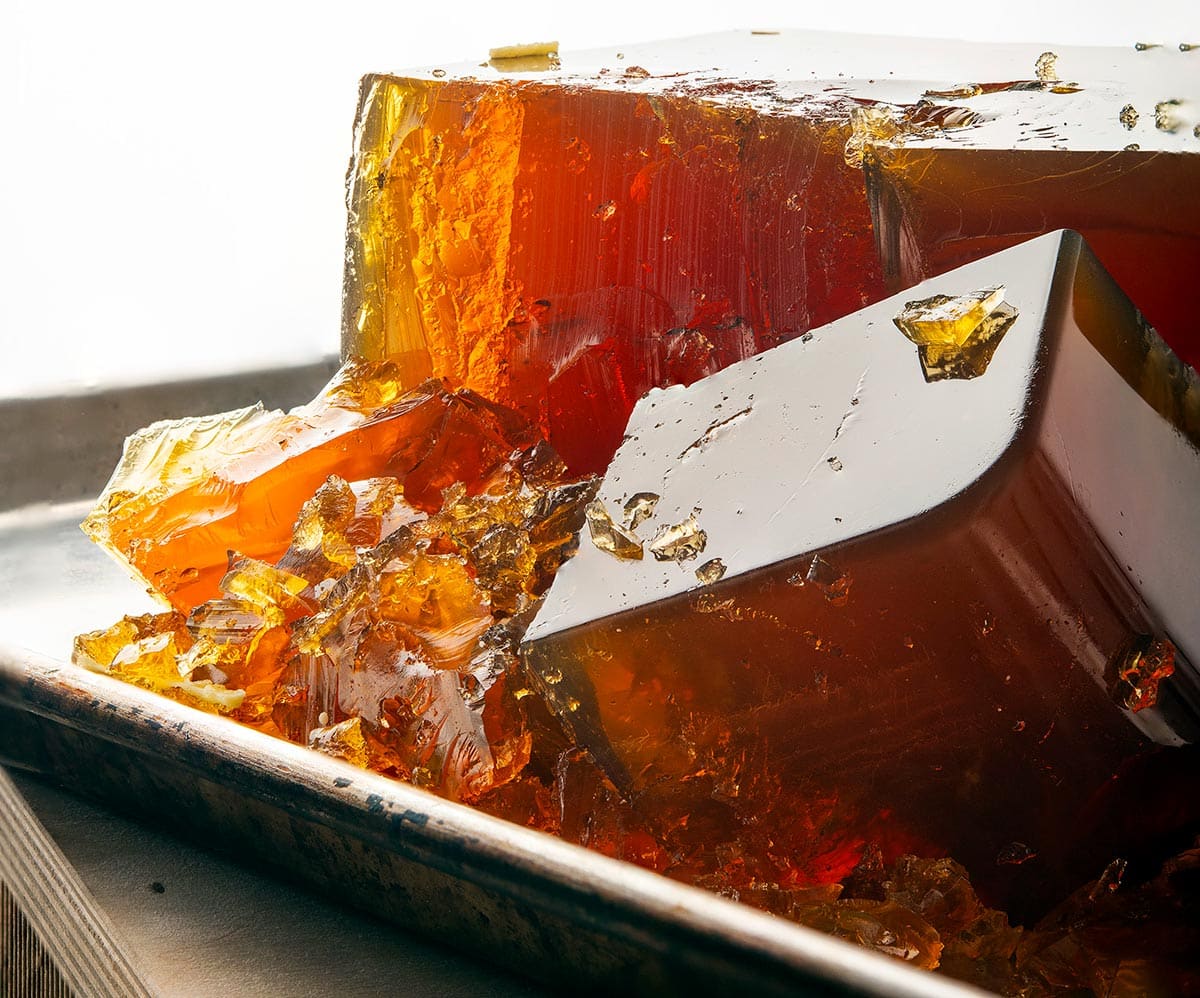
Glace de Viande Needs Time
It’s a long process, but not a hard one. I start making the stock in the afternoon, roasting and simmering meat and cartilage, feet, etc. I let this steep — like tea — overnight on very low heat; I cover the pot.
The next morning I add vegetables and herbs, turn the heat back to an active simmer, and let this cook 2 hours. Strain through paper towels or cheesecloth to remove all particulates.
Clean the pot and return the stock to it. Turn the heat to the steaming phase, maybe a tiny shimmy. Not a full simmer. Let this cook down by at least half, and you really want to cook it down by two-thirds or more. You will need to skim the scum that forms on top.
Finally, taste it. It should taste rich, coating your mouth, and salty enough. Sometimes you need to add salt, but not usually. It should start to appear thicker than water.
Strain one more time, and you’re good.
Storing Your Glace
Once made, glace de viande will keep a week or two in your fridge. It freezes very well, and this is how I save mine. You can pressure can it, but sometimes the fierce heat and pressure seems to denature the gelatin and break it down.
French Glace de Viande
Ingredients
- 5-7 pounds meat and bones
- 1-2 pounds feet, cartilage and/or silverskin
- Kosher or sea salt
- 2 chopped onions
- 4 chopped carrots
- 5 chopped celery sticks
- 1/2 pound mushrooms, chopped (optional)
- 1 fennel bulb, chopped (optional)
- Stems from 1 bunch parsley
- Large sprig of fresh thyme or 1 tablespoon dried
- Large sprig rosemary or 1 tablespoon dried
- 1 tablespoon cracked black pepper
- 4 bay leaves
- 1 tablespoon crushed juniper berries (optional)
Instructions
- Salt the meat and bones well. Set aside for 15 minutes while you heat the oven to 400°F. Put the meat and bones in a large roasting pan and cook at 400°F for 1 hour, or until well browned.
- Meanwhile, toss the silverskin and cartilaginous bits into a large stockpot. If you have feet, chop them roughly, or score them all over with a knife. This opens the feet up to the broth, so all that gelatin can get into it. This is what makes the concentrated broth set up solid. Do not skip this. Put the feet in the stockpot, too.
- Once the meat and bones are roasted, put them in the pot and cover everything with cold water almost all the way to the top. (cold water + cartilaginous bits = better gelatin later.) Turn the heat to medium-high and cover the pot. You need to be around as this heats up, because this is the one danger spot: The broth cannot boil. If I have other things to do, I don't cover the pot and I only set the heat to medium. This way it can take an hour for the broth to hit a simmer, and I don't have to stand there watching it.
- Skim any froth that surfaces. Do this as many times as needed. As I mention above, I let the broth cook at the steaming point until I go to bed, then drop it all the way down, cover the pot and let it steep like tea overnight. You need a minimum of 4 hours, though, and 12 isn't too much.
- Once the meats have simmered, add all the vegetables, herbs and spices. Simmer this for 90 minutes to 2 hours.
- Strain the stock. Put paper towels in a strainer and set the strainer over a large bowl or pot. Ladle the stock through this to remove all debris and particles.
- Clean your pot and return the broth to it. Bring this to a bare simmer, then drop the heat back to the steaming point. Let this cook down slowly by at least half, and two-thirds to three-quarters is better. You will need to skim it again.
- In the end, you should have a clear, thick broth. You'll want to strain it once more, exactly how you strained it initially, through the paper towels. Pour the finished glace de viande into small containers, and refrigerate. It should set up and become a gelatin.
Notes
Nutrition
Nutrition information is automatically calculated, so should only be used as an approximation.

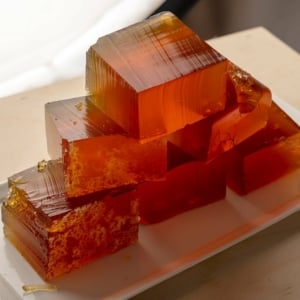
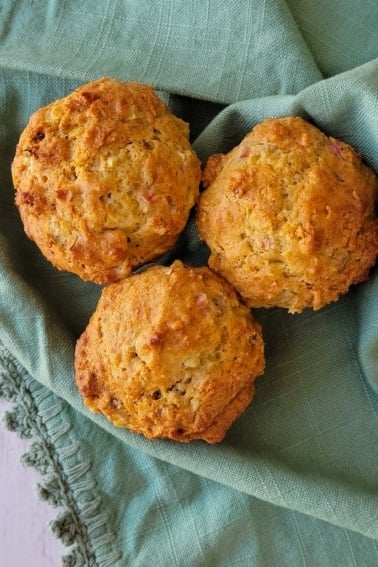
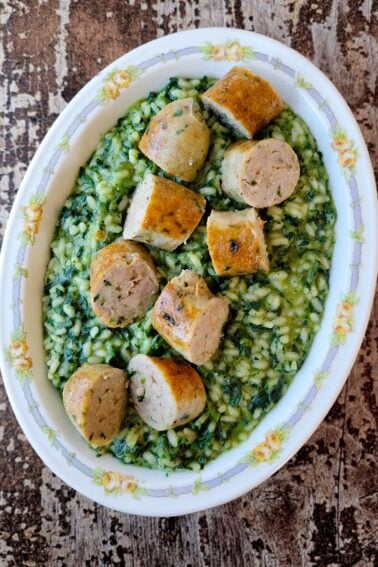
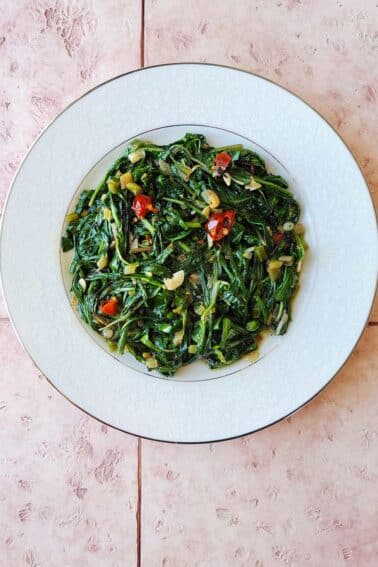
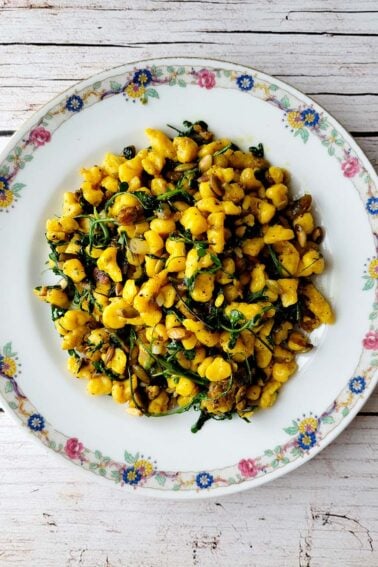
Just made my “famous” thanksgiving recipe – this time as a test run for the real thanksgiving dinner. It consists of wild rice, a variety of wild mushrooms plus some cultivated shitake and oyster shrooms, rice, garlic, finely chopped sun dried tomatoes and hand crushed slivered almonds added at the end. This time I added a couple tablespoons of glace after draining the excess water from the rice. absolutely great addition to an always great recipe.
hi, what would be the reasons for why this would not set up as gelatin in the end? i did reduce by at least half if not down to 3/4ths.
Sarah: Not enough things in there with gelatin. Did you add the pig’s feet?
i used a cows foot that was 3 lbs+ and therefore doubled the recipe …
Sarah: Weird. So it didn’t set up in the fridge even?
No, it did not!
Just processed my drake (coyotes massacred all the girls!), yesterday and saved all parts but for guts, lungs and head. Saved a small baggy of blood and wondered what you would do with that? I can’t find any recipes that sound good and not interested in eating raw, really?!
Roasting bones now and have gizzard, heart, tongue, liver, breast filleted, legs ready for confit…that’s about it!
Do you ever bother with the egg white raft? Or just simmer and skim ?
My wife makes this from elk bones. We add it to stews, chili, and just plain as a soup. I’ll have to try some of the sauces.
Will: I don’t do the egg white raft for glace de viande, but I do for French consomme.